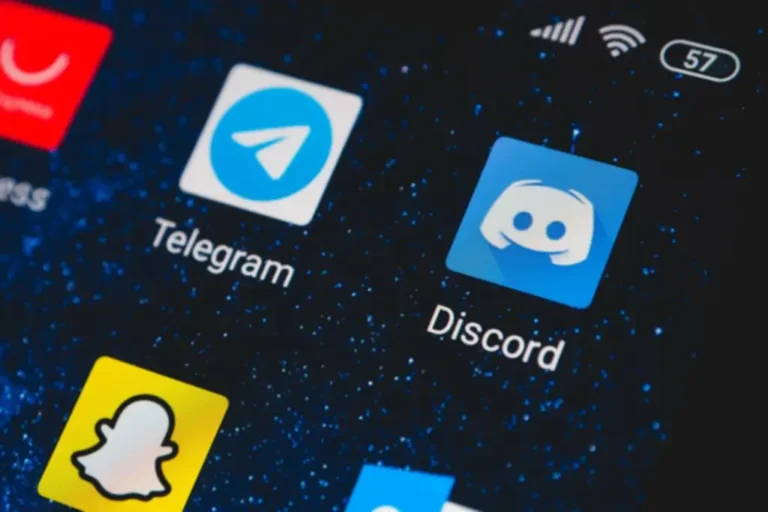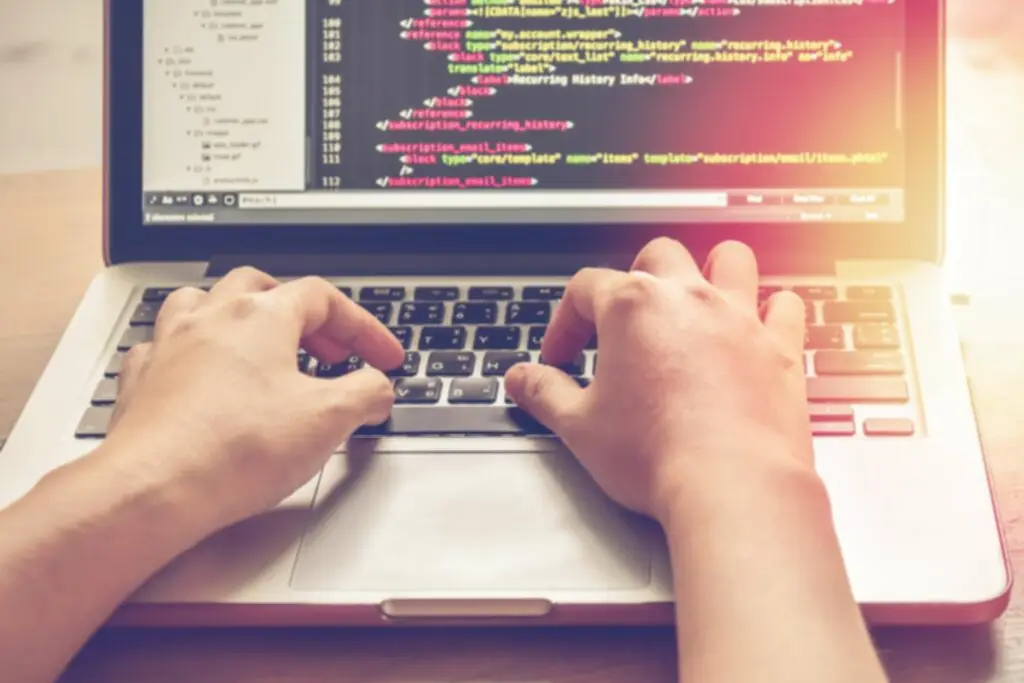Comparable to the burndown chart, the burnup chart shows time on the horizontal axis and work accomplished on the vertical axis. The primary distinction is that the burnup chart begins on the underside and rises as tasks are completed (opposite to the burndown chart). One Other distinction is that burnup charts normally have a line representing total work.5 Equally to burndown charts, the work may be measured in a quantity of methods, as an example, utilizing time or story factors. While they serve the same purpose of visualizing progress, they have distinct attributes that make them appropriate for various conditions. Groups can choose the chart that most closely fits their wants based mostly on whether they wish to give attention to work remaining or work completed, and how they prefer to visualize progress over time. Furthermore, burndown charts allow groups to determine potential bottlenecks or areas of enchancment by visualizing any deviations from the ideal burndown line.
One popular and broadly adopted device for project tracking is the burndown chart. Understanding the true which means of burndown is crucial for software program engineers and project managers alike. In this text, we’ll delve into the depths of burndown, analyzing its definition, objective, interpretation, misconceptions, limitations, and its future in trendy agile methodologies. Usually, teams can use their burndown chart as a prediction software that allows them to visualise when their project shall be completed.
The total project estimate is normally cut up throughout a quantity of tasks carried out concurrently or sequentially relying on the project need and requirement. So, the progress of all duties has a fantastic role in figuring out the remaining effort on the project. Moreover, the angle of the burndown line can present extra insights into the team’s efficiency. A steep decline suggests rapid progress, whereas a gradual slope may life cycle model point out a slower pace of labor. By carefully monitoring the slope of the burndown line, project managers can adjust resource allocation and priorities to optimize productiveness and meet project deadlines. The perfect burndown line, then again, represents the team’s planned progress if everything goes based on plan.
It tells you in a single look whether or not precise remaining work (the vertical bars) is ahead (below) or behind (above) the perfect work remaining line (the straight line). In this text, we have learnt the which means of a burndown chart together with how to learn and plot a burndown chart for a project/sprint. The advantages of a burndown chart outweigh the known limitations and due to this fact it may be used as an efficient model time-plan, tracker, and status monitor in initiatives and sprints. Comparing the burndown line with the ideal burndown line can help teams determine areas of enchancment and take corrective actions to remain on observe. If the actual burndown line constantly lags behind the perfect line, it may signal inefficiencies or underestimated work efforts.
This results in a reduction of stacked work as time progresses and thereby gives a visible indication of remaining work at any given level of time. Furthermore, by incorporating velocity measurements and quality metrics into the burndown evaluation, groups can acquire insights into their productiveness and the overall high quality of their work. By contemplating these additional metrics alongside the burndown chart, groups can make more informed choices and repeatedly enhance their processes. In modern Agile practices, burndown is turning into more intertwined with other metrics and indicators. Furthermore, it’s crucial to acknowledge that burndown charts aren’t a one-size-fits-all resolution saas integration. Each project is exclusive, and groups may have to customise their burndown chart to mirror specific metrics, corresponding to story factors completed or remaining effort.
Okay, so we’ve given you the easy definition of what a burndown chart is. At first look the two charts may seem like roughly the same thing, but every has a singular function and presents completely different insights that influence how projects are managed and delivered. It is called a BurnDown as a result of the entire estimated remaining TaskHours will ‘burn down’ to zero if all of the Tasks get accomplished. Study what a RACI chart is, the means it clarifies roles and obligations in project administration, and how to create one for your staff to improve collaboration and accountability.
What’s Burndown Chart In Scrum?

A BurnDown graph is any graph that exhibits the amount of remaining Backlog (Items or Tasks) as a perform of Time. Many folks and tools use BurnDowns, but they have been largely deprecated from Scrum as they are inherently predictive, and never agile. A Statement of Work (SoW) is a formal doc that comprehensively outlines the specifics of a project. It serves as a definitive guide, detailing the project’s goals, deliverables, scope, timelines, and the roles and responsibilities of all parties involved. Be Taught what a contingency plan is and follow 5 key steps to create one on your project.
Key Elements Of A Burndown Chart
By having this data readily available, project managers can take well timed action to address points and ensure project success. Burndown plays a critical role in project administration, enabling groups to track progress and make data-driven decisions. By utilizing a burndown chart, project managers and software program engineers can gain priceless insights into the project’s well being and adjust their strategies accordingly. A burndown chart and a burnup chart are both used in agile project administration to trace progress, but they’ve totally different focuses and methods of visualizing knowledge. One of the key features to consider when utilizing burndown charts is the importance of team dynamics.
By regularly updating and analyzing the burndown chart, teams can establish bottlenecks, regulate their strategies, and ensure well timed supply of milestones. Burndown chart could be defined as project administration chart that illustrates the progress made by the project staff on the person tales estimated and deliberate for the sprint or the project. The burndown chart is principally used as a visual aid to quantify progress made and pending duties against the time passed and time remaining for the completion of project. The Burndown chart is published as a simple metric of progress for all of the project stakeholders. A burnup chart, or burn-up chart, is a diagram of full work and is usually used as an various choice to the burndown chart.
It additionally has separate strains for total scope and completed work, allowing you to gauge progress in path of the finished project. This makes it extra appropriate for initiatives with variable scopes, because it clearly shows progress and scope modifications over time. Due To This Fact, the burnup and burndown charts look like mirror photographs at any given point of time. Moreover, another problem that will come up when utilizing burndown charts is the tendency to overlook external factors that can influence project timelines.
Conversely, surpassing the best burndown line could point out that the group is working at an accelerated pace, potentially resulting in burnout or ignored quality requirements. One key side to contemplate when analyzing a burndown chart is the development of the burndown line over time. A smooth downward slope signifies regular progress and environment friendly task completion by the group.

On the opposite hand, the Burnup Chart tracks work accomplished over time, beginning at zero and increasing over time. This chart is beneficial for teams that wish to give attention to how much work has been completed and whether or not they are finishing work at a constant tempo. It provides a clear picture of progress and may help teams establish potential points https://www.globalcloudteam.com/ early on.
What’s A Burndown Chart And How Do You Use One?
- On the other hand, jagged actions or fluctuations in the burndown line might counsel inconsistencies in work output or surprising hurdles which are impeding the project’s development.
- This chart is beneficial for groups that want to focus on how a lot work is left to do and whether they’re on monitor to finish it inside the time-frame.
- Groups can customise the unit of measurement based on their specific wants.
- A burndown chart is a way to show the work remaining on a project over time.
- The total project estimate is usually cut up throughout multiple tasks carried out concurrently or sequentially depending on the project want and requirement.
By intently monitoring the precise burndown line, teams can determine patterns and tendencies that may influence their progress and make knowledgeable choices to mitigate any potential dangers. From the burn-down chart graph, we can estimate when the project goes to be complete. As we know most IT corporations are using the Agile software improvement method for software improvement, in that we have many facilities to keep track of the whole improvement process. This chart helps to find out work carried out in every iteration, how much work is remaining, how a lot work has been completed until now, and what’s the anticipated deadline the remaining portion shall be accomplished. So, in this article, we are going to learn more about the burndown chart, how this chart is used and what are some nice advantages of this chart.